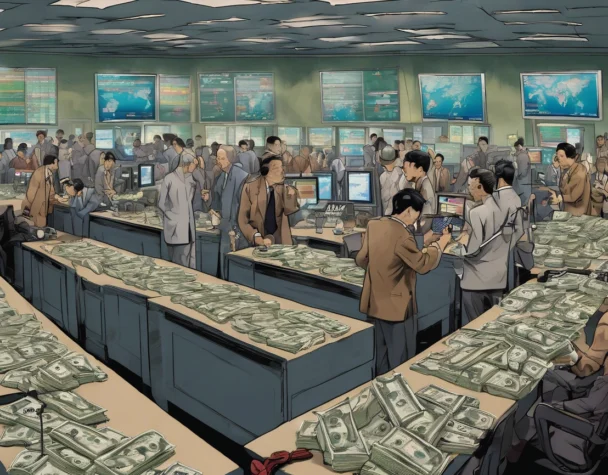
Dollar Surge and Asian Volatility Define Forex Landscape
Tue, May 13, 2025U.S. Dollar Advances as Investors Embrace Trade Truce Momentum
Foreign exchange markets kicked off the week with renewed momentum, as the U.S. dollar climbed higher on the back of a 90-day tariff reduction agreement between the United States and China. This temporary deal, which eases duties on a range of traded goods, has lifted investor sentiment, spurred equity rallies, and triggered a wave of safe-haven dollar buying.
The Canadian dollar dropped 0.5%, hitting a one-month low at 1.4007 CAD/USD. This weakness followed soft Canadian employment data that has increased speculation the Bank of Canada will cut interest rates at its June meeting. Investors favored the greenback amid rising rate divergence between the U.S. and its trading partners. (Reuters)
Meanwhile, major European currencies remained stable, with the euro slightly firming as expectations grow for the European Central Bank to maintain its current monetary policy stance amid improved inflation trends. Currency strategists suggest that if U.S. inflation remains subdued, the dollar’s rally may slow, but for now, trade optimism has made the greenback the preferred play.
Asian and Emerging Market Currencies See Wide Swings
Volatility returned to Asian currency markets as traders reacted to local interventions and speculation surrounding trade deals. The Taiwanese dollar saw an 8% gain across two sessions—its strongest level in three years—on rumors that currency appreciation could help secure a U.S. trade agreement. However, gains quickly reversed as traders booked profits amid waning speculation. (IG Group)
In Hong Kong, the Monetary Authority intervened to defend the city’s dollar peg, selling over HK$100 billion to stabilize its exchange rate ahead of a major IPO. Meanwhile, in mainland China, the People’s Bank of China stepped in after the yuan strengthened sharply against the U.S. dollar, with USD/CNH touching a six-month low. These interventions underscore ongoing sensitivity in Asia’s currency markets to both domestic and international monetary policy shifts.
Emerging market currencies also reflected broader macro shifts. JPMorgan has opened a long position in the euro versus the Romanian leu, suggesting confidence in euro resilience against regional currencies. In South America, Brazil’s central bank announced plans to sign a currency swap deal with China’s central bank, the People’s Bank of China. The agreement is designed to increase liquidity and strengthen bilateral trade ties amid continuing fallout from U.S.-led tariff adjustments. (Reuters)
Conclusion
The forex landscape in mid-May 2025 is being shaped by trade diplomacy, shifting interest rate expectations, and strategic central bank interventions. The U.S. dollar’s rally has defined early-week trading, but attention is turning to how long this momentum can last in the face of complex geopolitical and monetary developments. Traders should monitor upcoming inflation data, emerging market swap agreements, and potential policy moves as currencies remain highly reactive in this fluid environment.

